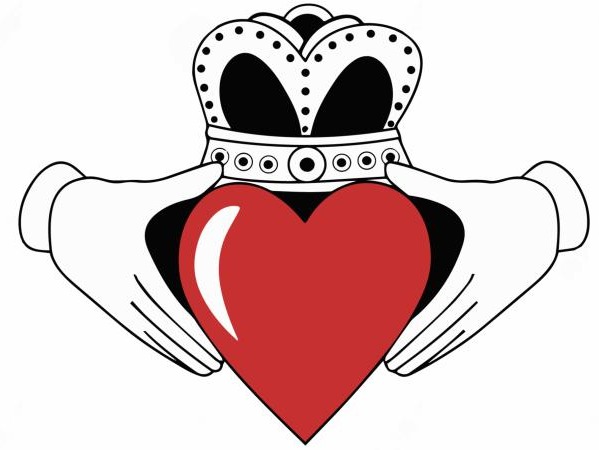
The Purpose Behind Alt Text: More Than Just Description
Alt text for images is often seen as an automatic step when crafting any web page. It's almost like reaching for a seatbelt when getting into a car—essential but sometimes mindlessly done. Most websites default to adding alt text, even if it's intentionally left blank, dubbed as 'nulling' the alt text. However, the crux of alt text extends beyond a mere description. It’s about helping users, especially those using screen readers, achieve their goals effortlessly without friction.
Understanding When Alt Text Isn't Necessary
It's easy to overuse alt text, tagging images that don't need it. A recent study by Emma Cionca and Tanner Kohler delves into instances where alt text may not be required. Not all images serve an informational purpose. For instance, decorative images don't need alt text since they don't add value to the user's task. Similarly, any repeated information within images that's already accessible through text elsewhere on the page can also be bypassed to avoid redundancy.
Consider Purpose Instead of Description
As the article from CSS-Tricks suggests, focusing on the image’s purpose is more beneficial than merely describing its appearance. Many of us fall into the trap of detailing what we see in the photo, intending to aid those who can’t see it. But screen-reader users are more concerned about what information the image carries that isn’t available elsewhere on the page. Effectively, alt text should answer, "What am I adding here that wasn't available in text form?"
Getting It Right: Questions to Ask
To decide whether alt text is necessary, pose these guiding questions: Is the image repetitive? Does it contain task-related information that other text on the page doesn't cover? By maintaining this mindfulness, we ensure accessibility is both purposeful and effective.
 Add Row
Add Row  Add
Add 




Write A Comment